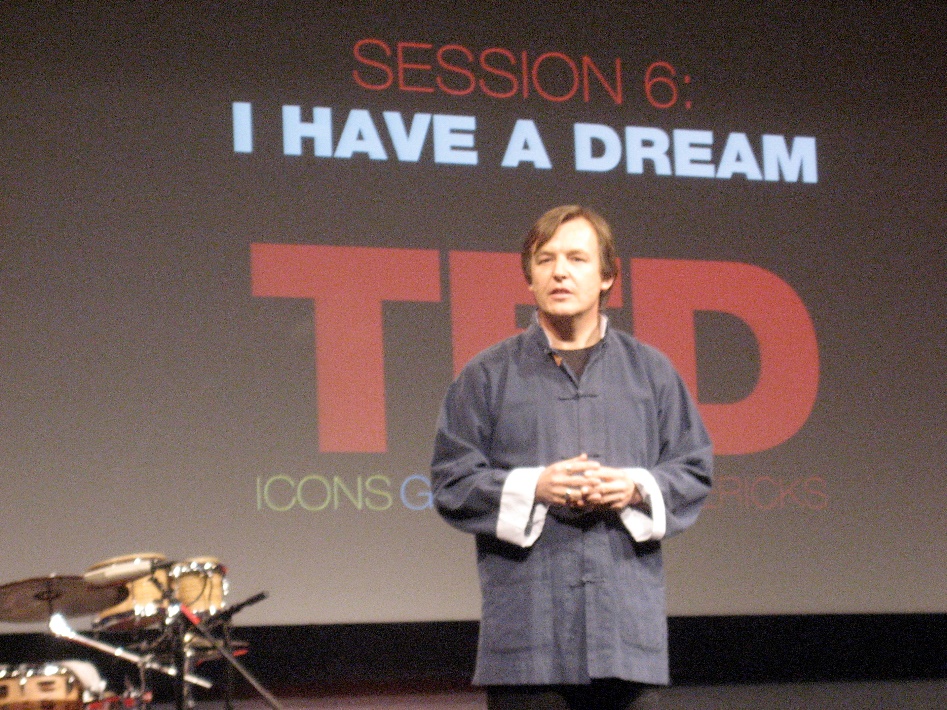|
|
Module 2: Main pillars of open innovation strategy |
|
|
Ewa Kopczynska |
|
|
To benefit from Open Innovation, your company will need an effective strategy accounting for your organisational vision and resource limitations. In this module, you will learn about the key elements of an Open Innovation strategy, such as creating a clear vision of Open Innovation strategy and activities and how to identify needs for external resources in the scope of innovation process. Going through the module, always keep your specific SME in mind to relate the contents to your specific context. |
|
Upon completing this module, you should be able to: |
|
Vision in the context of your Open Innovation strategy
Whether you have a clear vision already in place, or up till now you were mostly focused on the day-to-day operations of your organization, at the stage of developing your innovation strategy you should take a good look at it. See if it still corresponds to your SME’s current aspirations, your intuition about future developments and whether with involvement of your company in Open Innovation and unlocking new potential your ambitions and potential future directions should/can evolve.
If your company never thought about its long-term vision, initiating your work on an Open Innovation strategy is a good moment to start. While it seems complicated, defining your vision is about really taking the time to think about the big picture for the company. To think, in what way do you want to make your company unique. What will be the driving force for the growth of your business?
Thinking about what the driving force for your company is, is a good place to start.

Image by GraphicMama-team from Pixabay
Are you focused on serving a specific market?
Is your company focused on helping a specific group of people to solve their problems? Are you responding to specific needs of a narrowed group of people? For example, providing healthy food products and other solutions responding to the needs of people struggling with diabetes. In such a case you probably felt the need to serve an underserved group of people and started opportunistically, by discovering one problem that was missing a good solution and then developing a value proposition around it. But what do you want to achieve after this first product is on the market when the competition will start catching up? Your vision can be related to the needs of this specific target group and your company will focus on in-depth understanding of this target group, discovering their problems and needs and offering innovation to respond to them.
Example: Farmers Market – Vision focused on serving local farmers and the local community
“The Market was created to provide a cooperative and organized marketing alternative for small-scale agricultural and specialty products. We promote local production of agricultural and specialty products and offer opportunities for producers to enhance their marketing skills.
We strive to improve the variety, taste, and freshness of products available to customers in our area.
We promote strong, trusting relationships between consumers and vendors by insisting on honesty and transparency in all aspects of the creation of products. We create a space for interaction between the consumer and the producer. We believe that there are inherent benefits for the customer, producer, and community when food is grown, purchased, and consumed locally.
We enhance the quality of life in our area by providing a community activity that promotes a wholesome, social gathering place.”[1]
Are you focused on solving a specific problem?
Maybe your company is specifically related to one problem that you discovered and decided to offer a solution or a portfolio of solutions as there was nothing worthy in the market. In this scenario, you probably started your business by providing a solution to the people that are most exposed to the problem. But what about the growth opportunities if this group is limited and you will reach market saturation in the near future? In this case, probably you will focus on market innovation to offer the solution and/or alternatives for other groups on the market.
Example: Golden Stevia LTD. Vision focused on Stevia as a healthy alternative to refined sugars:
“People would use more natural and healthy sweeteners Stevia instead of refined sugar.”
Are you focused on a specific product or technology?
In some cases, your company can be centred around a discovery or a technology that you have in hand, and it focuses on defining a problem that the technology could solve. If you have a unique product or technology in hand, but its application is highly limited or not still defined, your vision may focus on finding markets and different applications for this product. if you follow an Open Innovation strategy you will probably look for partners with market and technical knowledge who can define alternative applications for the product and help you reach different sectors, markets, and implement it in alternative applications.
Example: TED Conference. Vision focused on ideas as a product, which started as a targeted TED – Technology, Entertainment and Design initiative, but spread across sectorial and geographical borders across the world:
“Spread ideas”

Photo by Pierre Omidyar https://en.wikipedia.org/wiki/TED_(conference)#/media/File:Chris_Anderson_2007.jpg
Are you focused on new/alternative channels?
Your company can also look for different ways how to market already existing products or build new more attractive ways to market, sell, and distribute solutions. Your strengths will focus on marketing and distribution, while you can engage with partners that can provide you with innovative products to your portfolio or will help you offer a better and/or more responsive to the customer needs experience.
Example: Eatwith – Vision focused on matching people interested in experiencing local home dining with local hosts, allowing passionate amateur cooks to share their cooking with strangers through their marketing solution:
“Bringing people together through food”

Image by Maggie Morrill from Pixabay
Example: Unexpected Virtual Tours – Vision focused on using online channels for team building events:
“To offer radically creative team building events”
Vision is important for any company, as it offers a focal point for goal setting and business planning. But keeping your vision in mind when you engage in Open Innovation when different partners differ in their objectives for innovation activities will be especially crucial for your capability not to sacrifice your company innovation objectives. It is a key skill not to lose track of what your company wants to achieve within collaborative innovation, under the influence of other engaged players and to choose those Open Innovation projects that serve your growth direction.

Image by Peggy und Marco Lachmann-Anke from Pixabay
Your vision should be highly specific to your organization and should be the element unifying your team, guiding everyday decisions and the strategic ones. It should reflect the values that your company represents, and what you and your team believe in. As you see from the presented examples, while the Vision statement is usually very general, it can take different forms, but it should reflect your unique aspirations.
Take some time to reflect on your vision and how reaching it can be supported by Open Innovation. Remember that it is a statement that should guide the overall organization, so don’t forget to collect points of view regarding your vision from your team.

